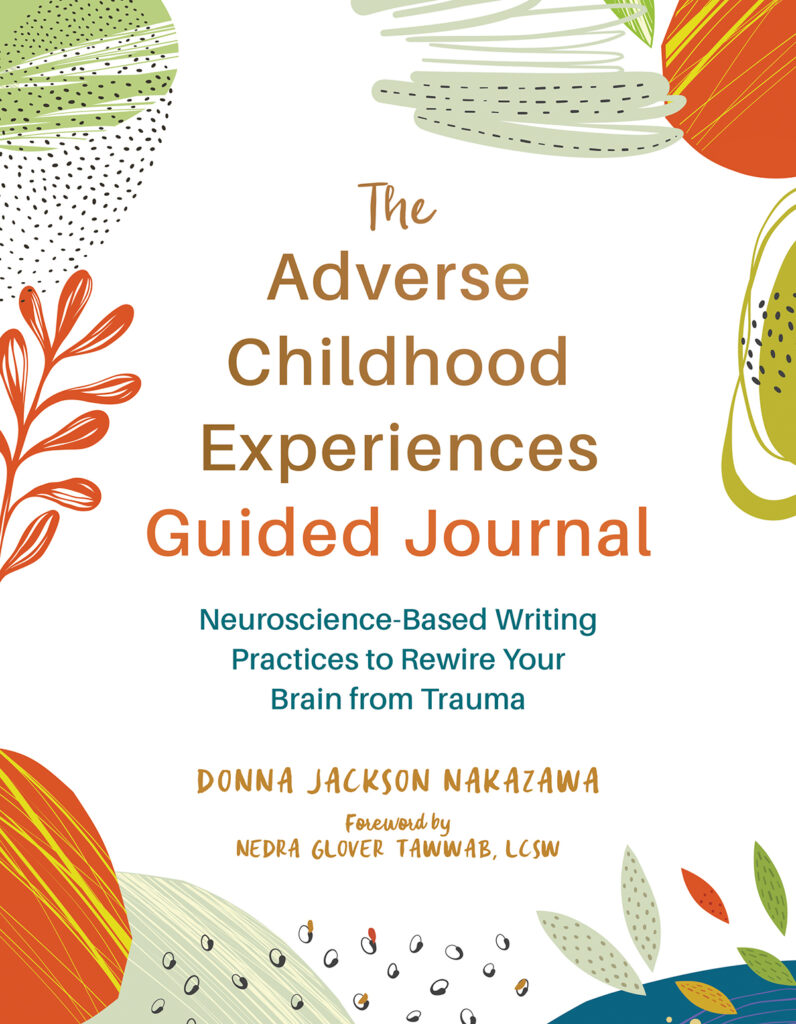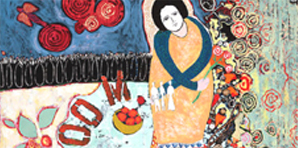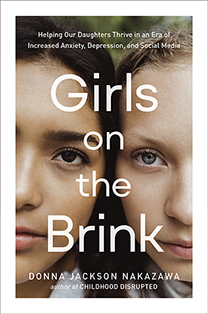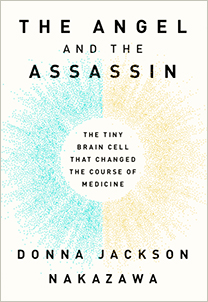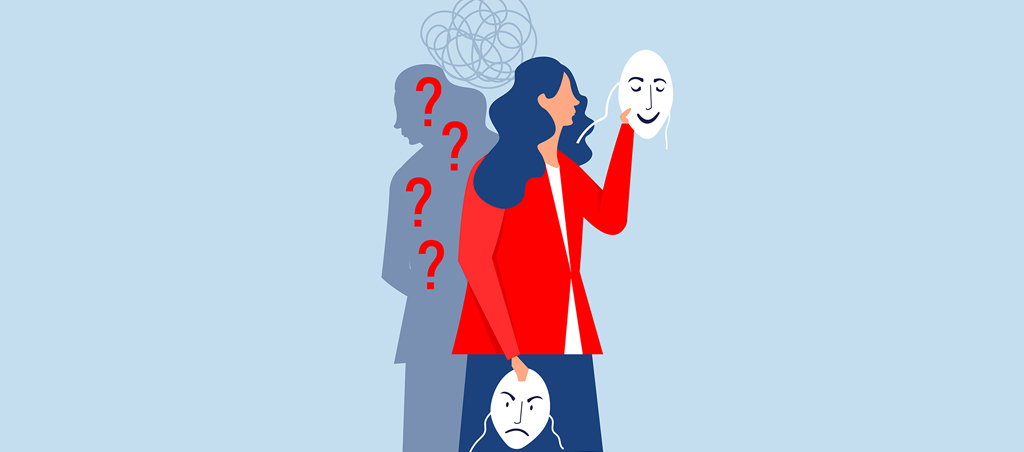
“A sad soul can kill you quicker, far quicker, than a germ,” John Steinbeck once wrote. Steinbeck’s words are more true than we might ever have imagined. The neuroscience I unveil in The Last Best Cure shows how our state of mind dictates the state and health of our cells.
When we are psychologically stressed, worried or in pain, our brain’s ability to regulate our production of stress hormones is thrown off and our body loses its ability to regulate its inflammatory response. A complex network of stress hormones and biological messengers — what scientists sometimes refer to as “the floating brain” — increase the cascade of chemical messengers that break down our cells and corrupt our immune responses. We suffer from more chronic inflammation — which leads to disease, including depression, heart disease, rheumatoid arthritis, diabetes and cancer.
When we move to a state of joy and contentment, we create quite the opposite effect: a seemingly invisible shield of positive “floating brain” activity that protects our cells, our immune function, and our health.
Depending on our state of mind, we trigger a positive floating brain or a negative one. Joy and feelings of well-being can protect our immune systems, and lack of joy and well-being can tax our bodies and deprive our cells.
The good news is that we can trigger a positive “floating brain.” I am a great believer in all that Western Medicine has to offer. My doctors have saved my life several times over. But after a year of test-driving simple, accessible novel brain-body healing approaches that are available to us all, I also know that our own brains are a vast, untapped healing source. In The Last Best Cure, I would like to start a new saying, “A joyful soul can heal you quicker, far quicker, than a pill.”
